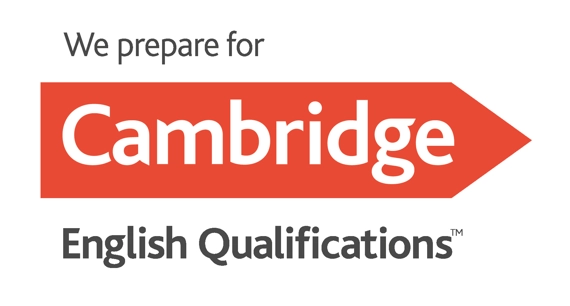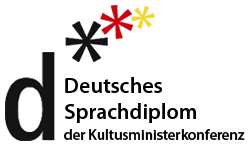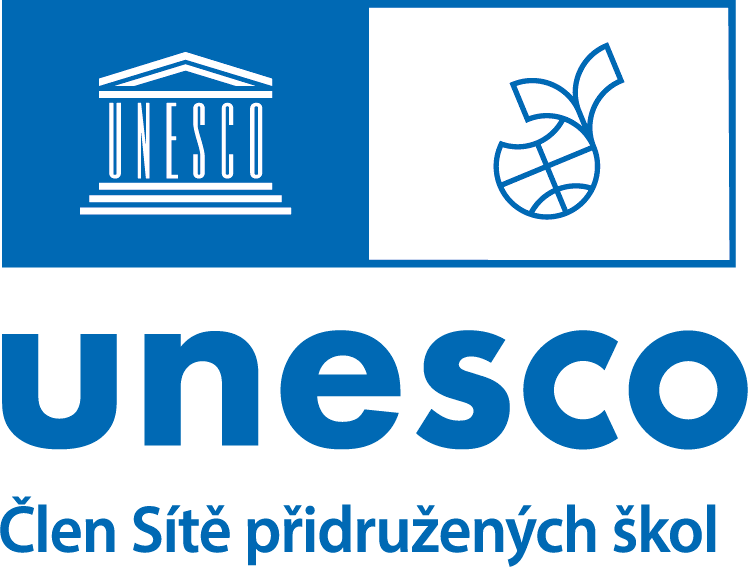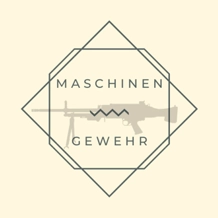I was one of the eight lucky people to be chosen for an educational excursion in the Research Centre of New Technologies of The University of West Bohemia in Pilsen. The excursion was on 21st April 2016. I and seven other students of Masaryk Grammar School were guided around by Mr. Randa, dean of the Pedagogical Faculty in Pilsen, Mr. Hynčík, authorized director of the research centre and several other scientists.
We specifically visited the building of “Laser Technologies” and “Materials and Technologies”. Firstly, we saw the section of materials and their measurements. This part of the compound specialises on several things such as investigating the promising materials for Li-ion rechargeable batteries, hybridized materials, solar cells, alloys, biological crystals, renewable energy materials, Ionic liquid, SHG materials, single crystals etc. There are way more specialised terms and long sentences which were used during the excursion but to make it simpler, they have really high-tech and cool microscopes and scanners which can display the surface of metal in such a big zoom that you can see the atoms of it. It has only one downside – being super fragile and susceptible to ambient surroundings. Because of that they have to use some of the equipment mainly in the middle of the night and the whole compound is pretty far away from any frequented street. Even a car passing by can defocus the final picture. If you wonder why this is important, this sector is actually trying and has the equipment to develop and study photovoltaic cells of second and third generations.
Secondly, we went to the section of laser technologies. Their official specialisations are things like Measurement of spectral and temperature dependences of optical properties of material surfaces - emissivity, reflectivity. Again it sounds really nice but what does it mean for people who are not the biggest fans of physics? The team in this section is using specialised thermal cameras together with different sized lasers to measure the temperatures of just created products. This is important for things like car industry. They actually already partnered with some companies which make automobiles and it seems to be very efficient. The normal procedure today is to measure the product after it went off the assembly which is inaccurate and can lead to defects. With this technology they are able to measure products in seconds after it was just melted together.
The centre has way more stuff to offer than we saw and even here I’ve just pointed out several things from our visit. It was very impressive and interesting thing to see. It was definitely comprehensive excursion but it was worth it. There is also an option of a part-time job for students of our school now as an outcome of this event and we now have much better chance of getting an actual job in this centre. I personally tend more to biology and chemistry than physics but some of my colleges seemed to be really interested in this place and they will probably visit it soon again.
Adam Vacek, sexta A










